Should I buy a gravel bike or an all-road bike?
Both styles are lauded for their practicality but which is best suited to your riding?
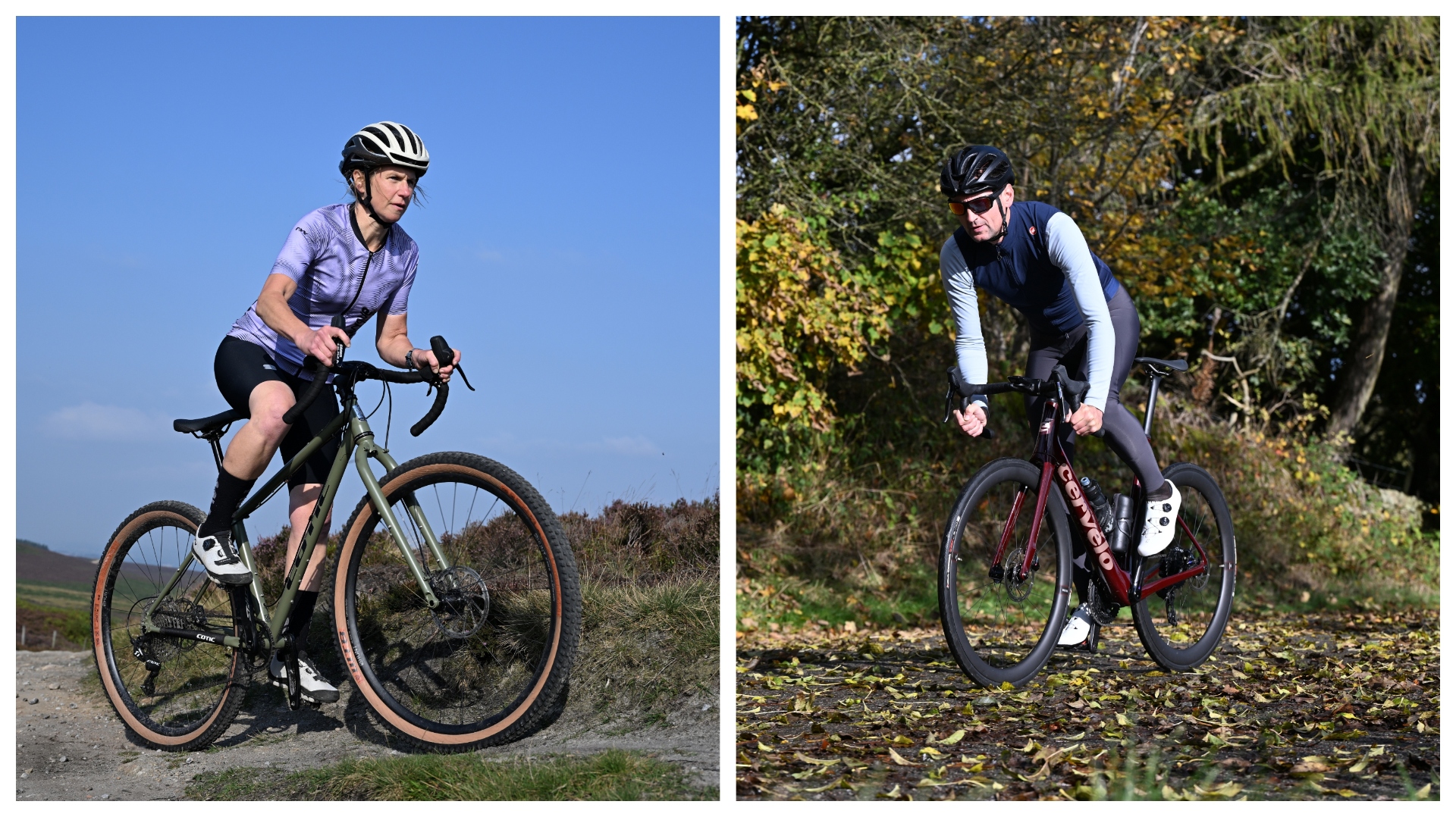
If you’ve paid even the slightest bit of interest to cycling websites and magazines over the past few years, you'll have noticed plenty of discussion about ‘wider tyres’. In this time it’s moved from trend to accepted wisdom that a combination of wider tyres run at lower pressures improves both comfort and grip without negatively impacting your speed.
As a result we’ve seen clearances on road, all-road and gravel frames become more generous. While these do vary depending on the intended use of the bike, there’s been an increase across the board. At the more expansive end sit gravel and all-road bikes. But which should you invest in?
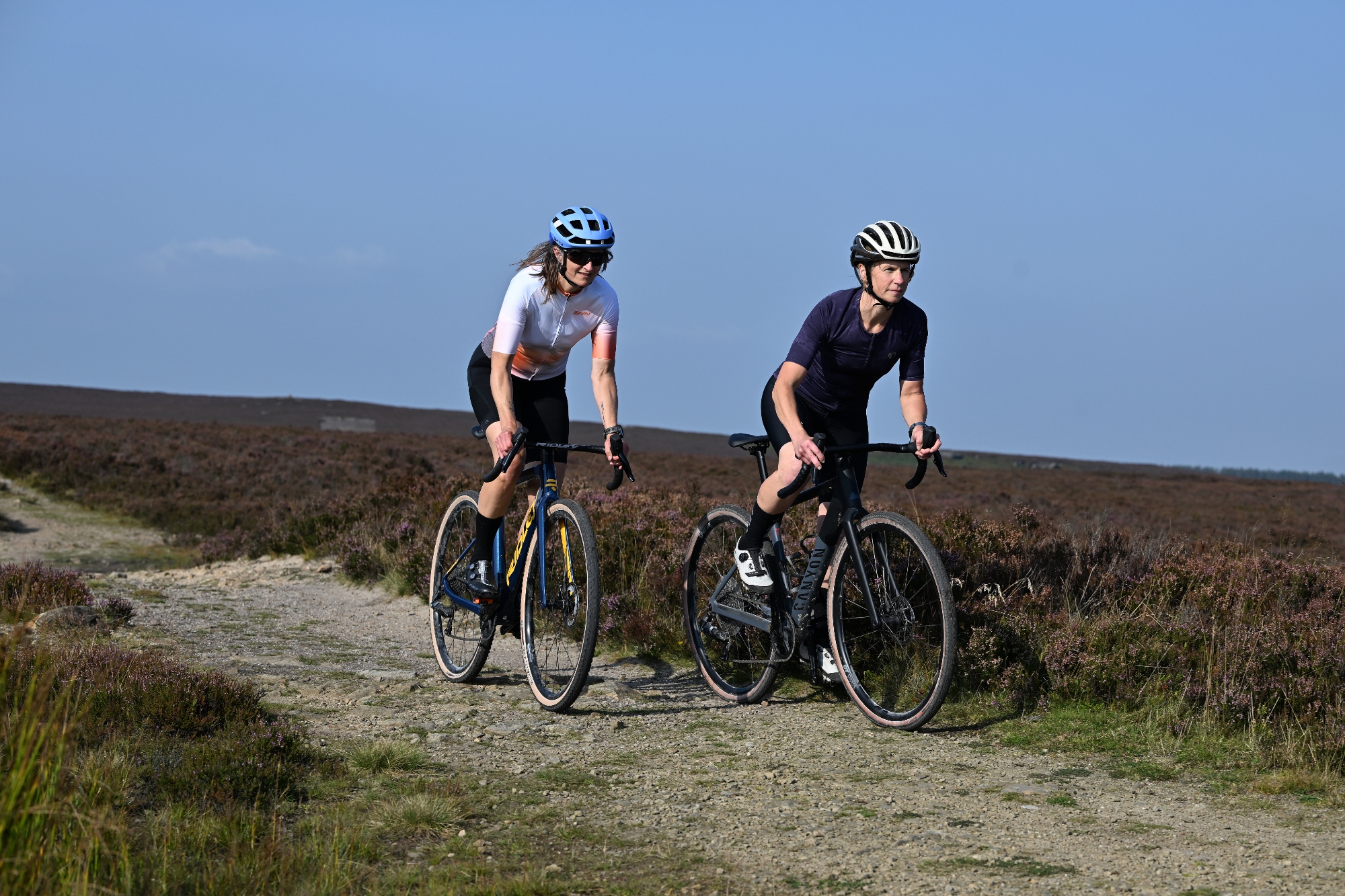
While trails such as this are where the gravel bike feels most at home, its inherent versatility means it can adapt to changing terrrain.
It's worth clarifying the distinction between the two styles of bike. With a surge in popularity, the best gravel bikes have become the default recommendation for a ‘drop bar do it all’. However, sustained interest from the industry and consumers alike has seen the gravel bike evolve significantly over the past few years.
Much of this evolution has focussed on improving the gravel bike in its primary off-road habitat. Today many models have huge clearances, allowing you to run mountain bike tyres as wide as 2.5”. Certainly, it would be uncommon to find any true gravel bike that doesn’t have room for 47mm wide tyres on a 700c wheel.
Suspension has also been adopted from mtbs, most commonly in the form of a set of forks with some degree of travel, while 1x gearing has become the default. Drivetrains often use cassettes that provide a huge range - 42t to 52t as the largest cog - which also equates to larger gaps between the gears. Fine when you’re off-road, less so when you’re not. Recent examples of gravel bikes created in this vein include the Cotic Cascade and the BMC URS; one steel, one carbon but both designed for unencumbered off-road exploration.
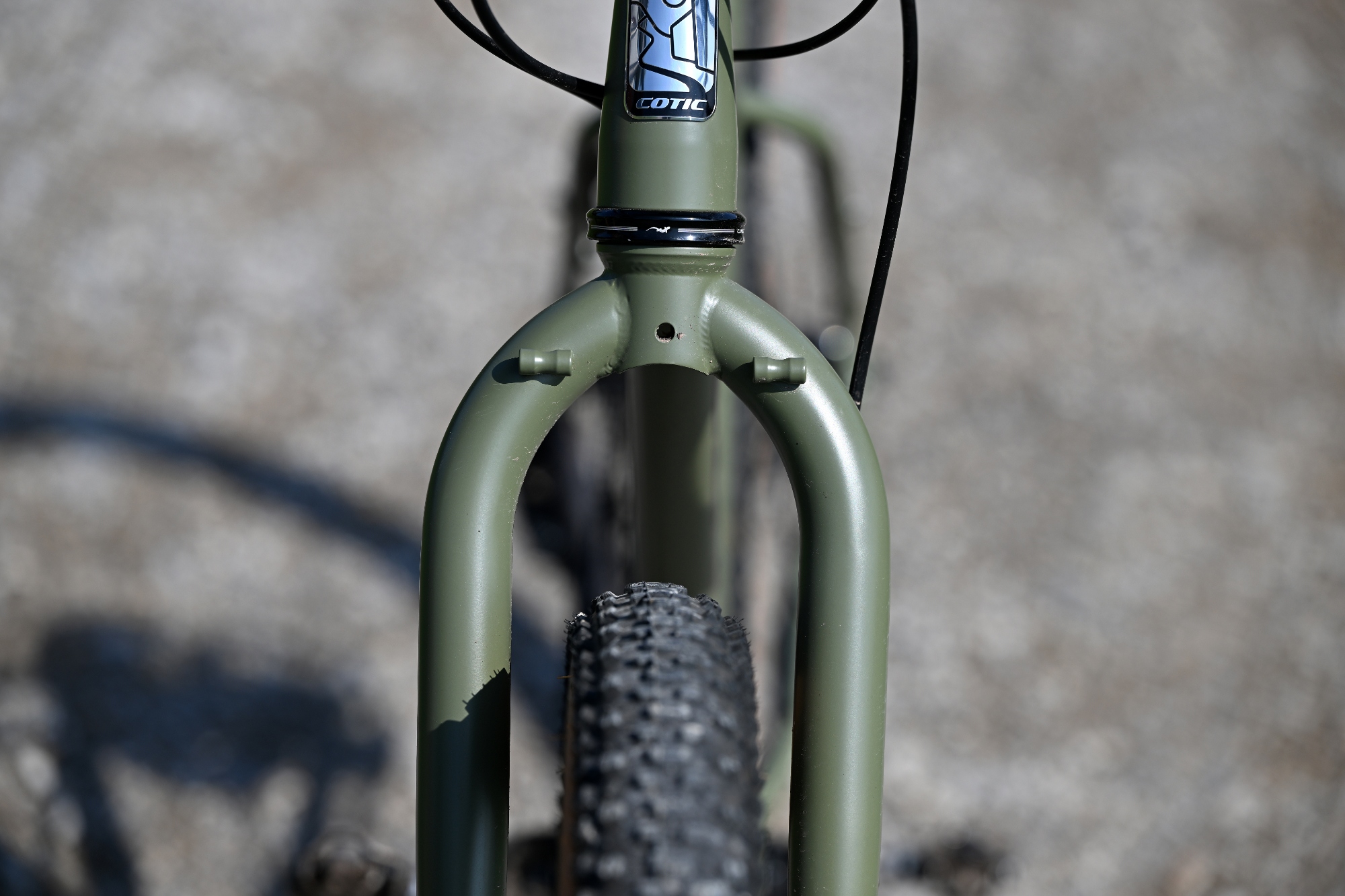
The Cotic Cascade gravel bike has clearance for 50mm tyres and wider.
An all-road bike, as you’d guess, is designed to navigate roads of varying quality and condition. Here, the terrain might traverse from smooth to broken tarmac, tow paths and even light gravel tracks. But the emphasis remains on the ‘road’ rather than the trail, with frame geometry more closely aligned to an endurance road bike but the tyre clearance increased to accommodate tyres in the 35-45mm range. Current models fitting this description include the Ribble Allroad, the Cervelo Caledonia 5 and the BMC Roadmachine.
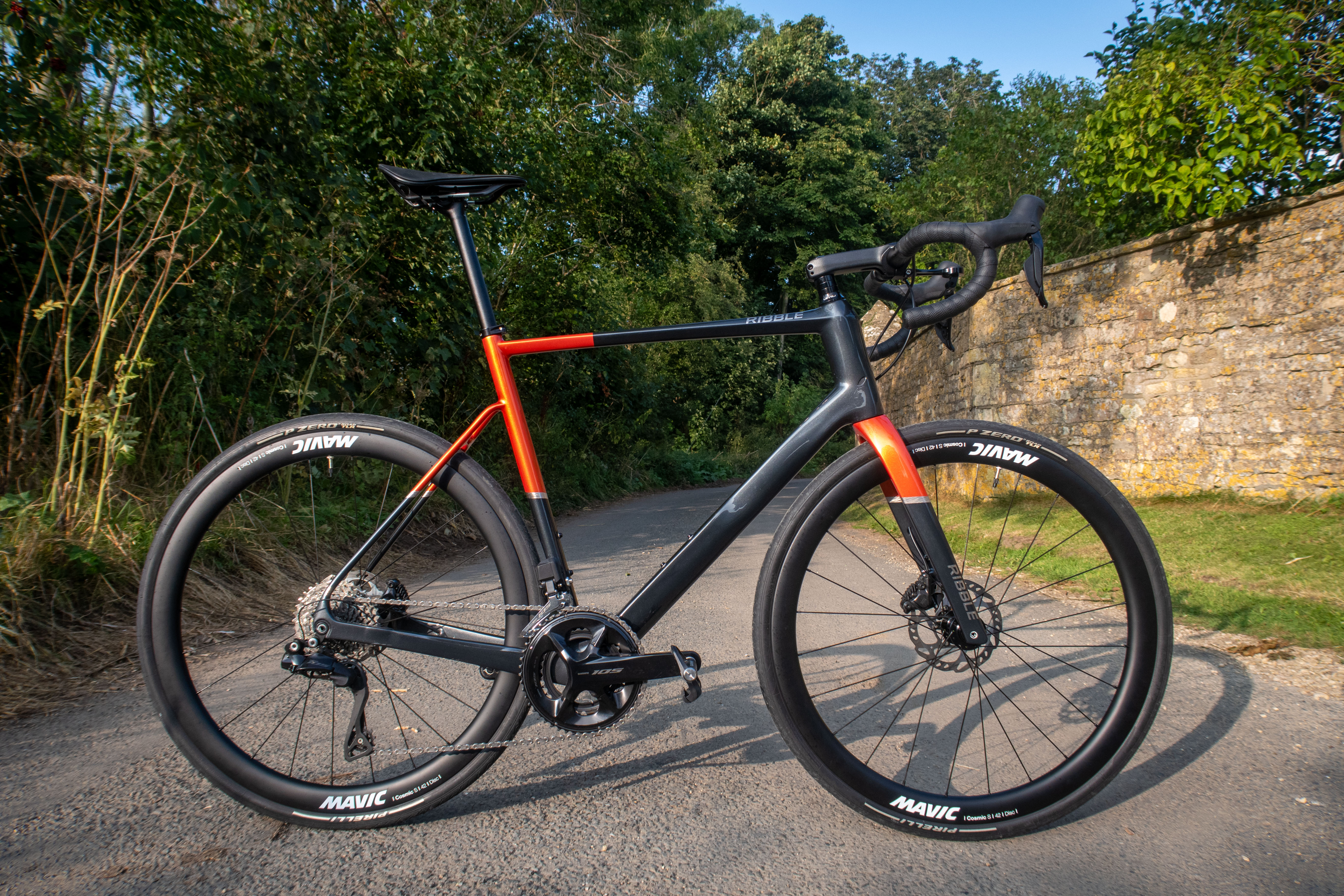
Fitted with the 32mm wide tyres and 2x chainset, the Ribble Allroad is more than ready for the club run.
So a drop bar bike with wider tyres is certainly versatile. A gravel bike can be ridden on the road and an all-road bike can handle some off-roading. So how do you decide which is right for you?
The latest race content, interviews, features, reviews and expert buying guides, direct to your inbox!
As with any bike, you’ll want to truly consider what you’ll use it for. You’ll also want to think about what you might like to use it for. All the talk of ‘going wider’ means that many folk will assume that a gravel bike is best; as previously mentioned there’s an assumption that it’s a natural all-rounder, thus leading many to suggest it as the ultimate ‘one bike’ solution. But is this good advice?
Firstly, this depends on whether you’re looking for a bike that can do it all. If you’re adding a gravel bike to your existing line-up, then it’s likely you’ll be able to choose something dialled into your requirements. If these are solely off-road focused, then a gravel bike is best. Without the need for it to handle a range of terrain, especially of the tarmac variety, you can opt for something suited to say, bikepacking, or for the type and condition of trails you ride the most.
But many of us turn to gravel bikes because we’re looking for versatility, that aforementioned ‘all-rounder’ that might reduce the number of bikes we own, or indeed, mean that we ride just one. Can this work?
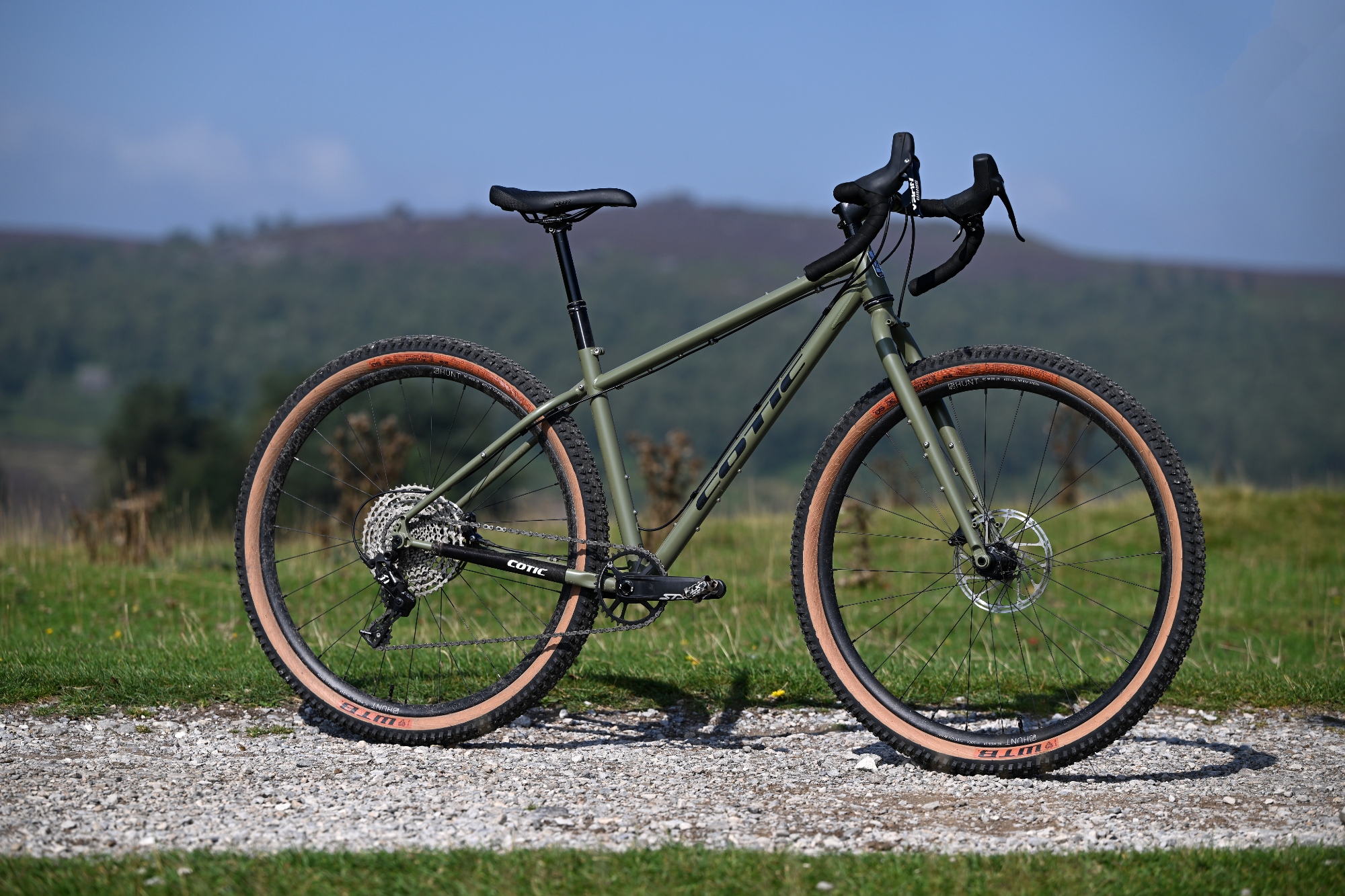
An adventure focussed gravel bike like the Cotic Cascade borrows much from mountain bikes.
I can discuss the merits of owning ‘just’ a gravel bike from experience. Having sold a couple of road bikes I found myself with only my Sonder Camino AL for two-wheeled company. I started to ride it on the road out of necessity but came to appreciate that the comfort it had always given me off-road, was just as true for extended periods on tarmac. As ‘being comfortable’ is now my most important metric, I decided to roll with it, as it were. And I’ve been happy ever since. Yes, I’ve experimented more than I’d have probably liked with tyres and wheel sizes as well as stem lengths, all of which have added faff, but in general, it’s been a pretty seamless transition from ‘a few bikes’ to ‘one bike’.
But my situation comes with a couple of major caveats that might inform your decision when it comes to choosing a gravel or all-road bike. Most important of these is that I already owned the gravel bike. I was aware and understanding of its limitations when being used on the road but was content to balance these with the fact that I didn’t have to dip my hands into my pockets beyond the component swaps mentioned above. But if I was buying a bike afresh to cover all of my riding needs, would I still opt for a gravel bike?
My gravel bike has pretty relaxed geometry. It also uses a 1x chainset. On the road, it makes for a leisurely ride. I could attach some panniers and find it well-suited to touring, especially as the robust nature of the bike, along with those wide tyres, means it can traverse a variety of ‘paths’ you might find on a multi-day ride. For similar reasons, it would make a reliable commuter bike. But if I needed it to keep pace on a club run or support me on a quest for improved fitness via repeated hard efforts, then it would struggle. But an all-road bike? Probably not so much.
I don’t need my gravel bike to go ‘keep up’ or go fast on the road. But if you do, then you might want to consider an all-road machine instead. The geometry is the most impactful factor; while all-road bikes do have longer chainstays than a road bike, the stack height, reach and headtube angles will still allow you to assume a position that’s better suited to producing power and speed, certainly when compared to your typical gravel bike. They are also likely to use two chainrings rather than one, making the gearing better suited to riding on the road thanks to small gaps between the gears.
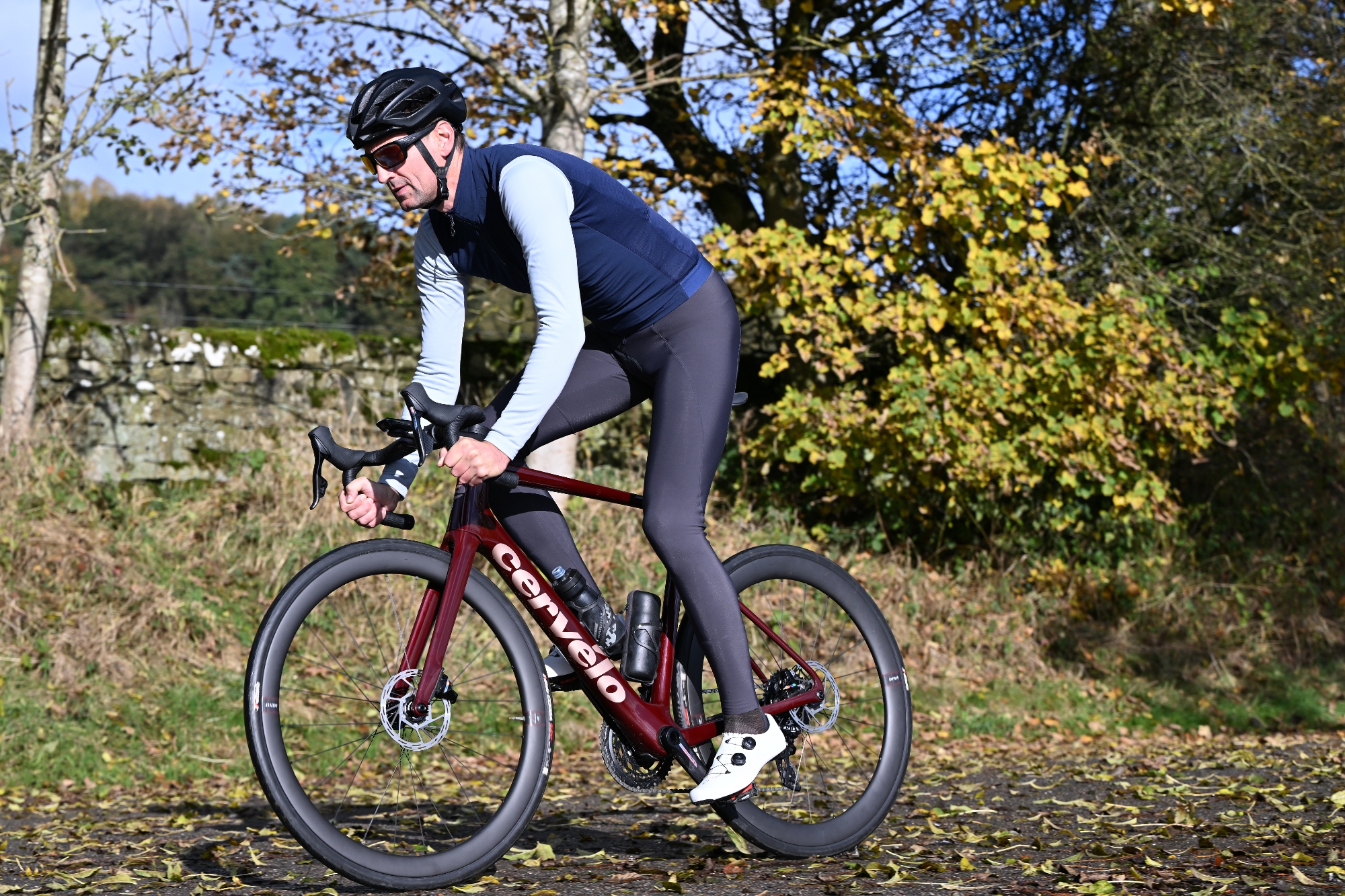
An all-road bike like the Caledonia is an adaptable machine.
When I initially made the switch to solely owning a gravel bike, I was living in an area that had good, and fairly immediate, access to a range of trails. As a result, my riding was split pretty evenly between on and off-road. It made a gravel bike a natural choice, initially alongside the aforementioned road bikes. When it became my only bike I didn’t have to compromise on the trails, and could set-up the bike in a fashion so that it would suffice on the road.
However, I’ve since moved and now have lots more tarmac roads and bike paths on my doorstep than I do gravel trails. If this sounds familiar then again an all-road bike might be a better fit. You’ll get a bike that’s ready for the road, no matter the surface quality, while still having something that has enough stability to handle some modest trail riding. The generous tyre clearance of all-road bikes aids both scenarios. If I could swap to an all-road bike now, I probably would.

Thank you for reading 20 articles this month* Join now for unlimited access
Enjoy your first month for just £1 / $1 / €1
*Read 5 free articles per month without a subscription

Join now for unlimited access
Try first month for just £1 / $1 / €1
Luke Friend has worked as a writer, editor and copywriter for over twenty five years. Across books, magazines and websites, he's covered a broad range of topics for a range of clients including Major League Baseball, Golf Digest, the National Trust and the NHS. He has an MA in Professional Writing from Falmouth University and is a qualified bicycle mechanic. He has been a cycling enthusiast from an early age, partly due to watching the Tour de France on TV. He's a keen follower of bike racing to this day as well as a regular road and gravel rider.
You must confirm your public display name before commenting
Please logout and then login again, you will then be prompted to enter your display name.